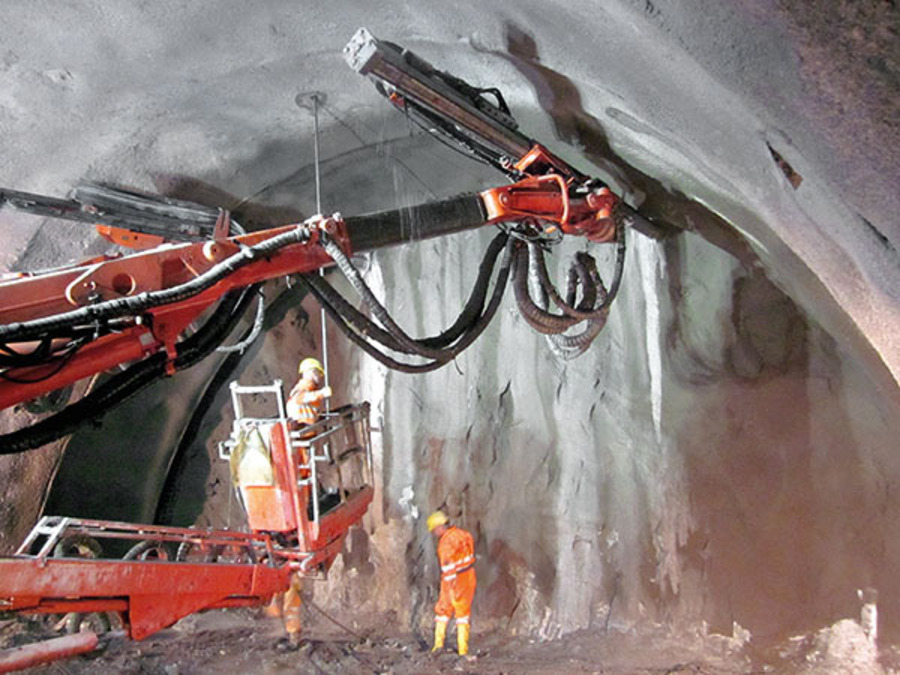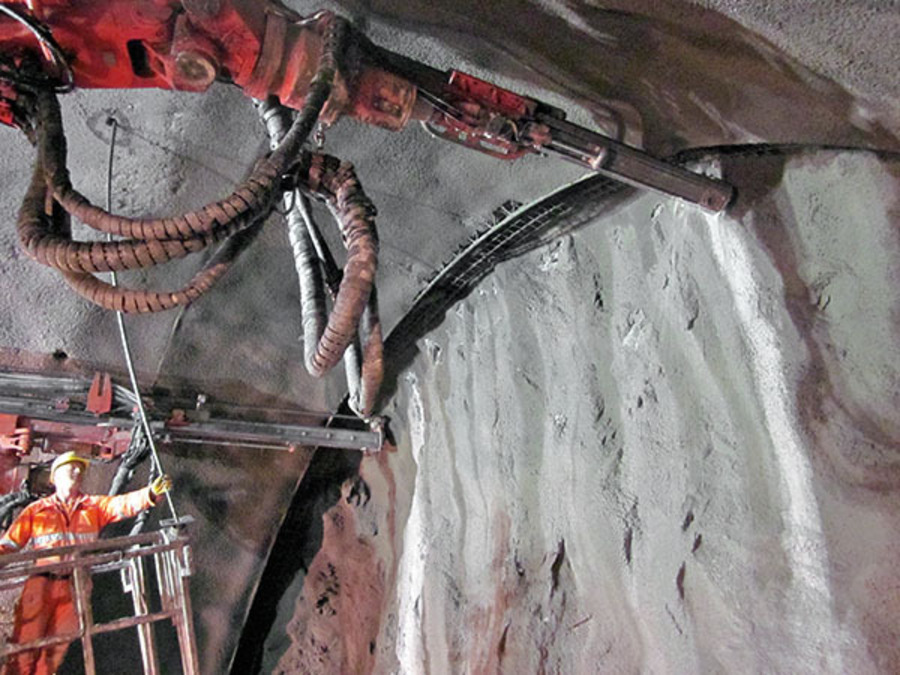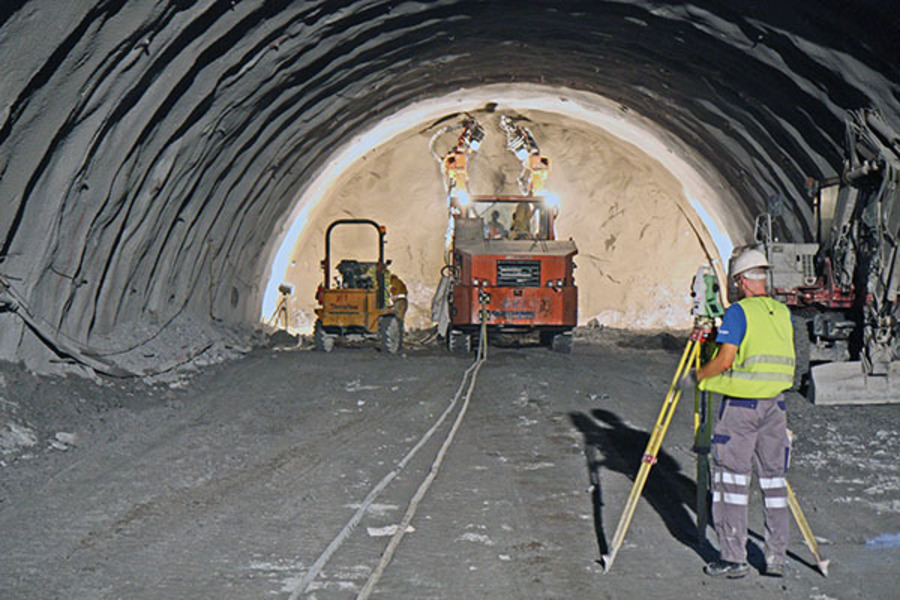



Successful Extension of Bosruck Tunnel in Austria
The 5.5km long Bosruck Tunnel runs from Upper Austria to Styria and is part of the A9 Pyhrn Motorway, one of the most important connections to South East Europe. The existing two-way traffic east tunnel, which has been operational since 1983, leads through very difficult rock formations. This results in tunnel deterioration that has been made worse by continuous moisture expansion in the area of the Hasel Mountains, which is why an overall repair of the tunnel was necessary.
The groundbreaking for the construction of the west tunnel took place on December 4th 2009, and the second tunnel will be opened to two-way traffic in 2013. Afterwards, the old east tunnel will be repaired over a period of approximately 1.5 years, and both tunnels will be fully operational by 2015. The construction of the second tube for the Bosruck Tunnel and the A9 Pyhrn Motorway poses a special challenge from a tunneling point of view. On the one hand, water inflow in the existing tube and in the ventilation and escape galleries is very high and can be up to 300l/sec during snowmelt. On the other hand, geological conditions are extremely difficult, especially in those areas of the Hasel Mountains that consist of gypsum, salt and clay and are both swelling and water soluble. In the sections of the west tunnel tube that are located close to the portal, short tunnel sections of 133m in the South and 60m in the North had already been driven during construction of the east tunnel in the 1980’s. The section of the west tunnel that still needs to be driven is approximately 5,233m long. Due to widely varying rock conditions, the tunnel cross sections will range from 103m² (flat bottom slab) to 129m² (circular section). The northern tunnel section rises to the up-station at an inclination of 0.5%, and the decline in the direction of the south portal is 0.8%. The maximum overlap of the tunnel roofs is approx. 1,150m and is reached in the carbonate level of the Bosruck Tunnel. Tunnel driving is carried out using the conventional tunneling method (blasting, mechanical heading) in accordance with the Austrian Tunneling Method using calotte driving and subsequent tunnel floor and bench driving from both portals. Depending on the rock conditions encountered, stabilization is carried out using shotcrete, steel mesh, steel arches and appropriate anchorages. For stabilization during tunnel advancement, DSI Austria was awarded a contract by BeMo Tunnelling GmbH to produce and supply DSI Hollow Bar Anchors and R32 Self-Drilling Spiles in lengths of 6 to 10m, Bst 550 Concrete Steel Spiles, ERB 240 OMEGA-BOLT® Anchors, SN Anchors, Lattice Girders and AT-LSC Lining Stress Controllers.
